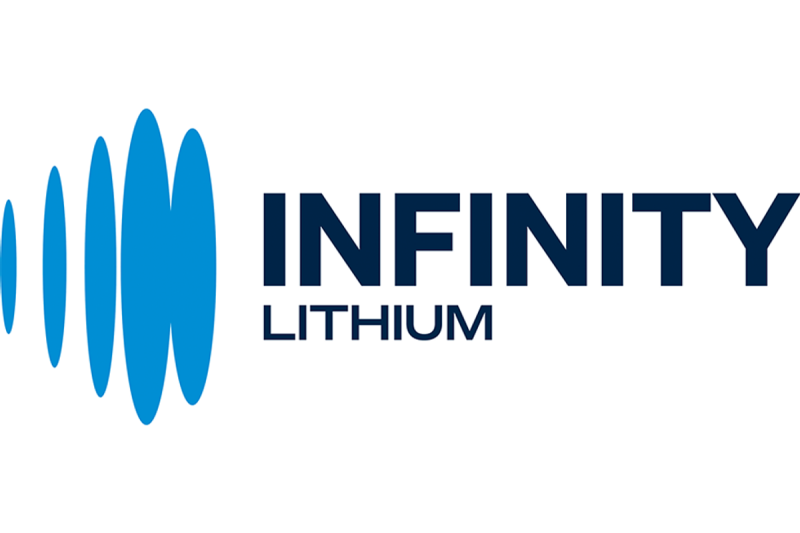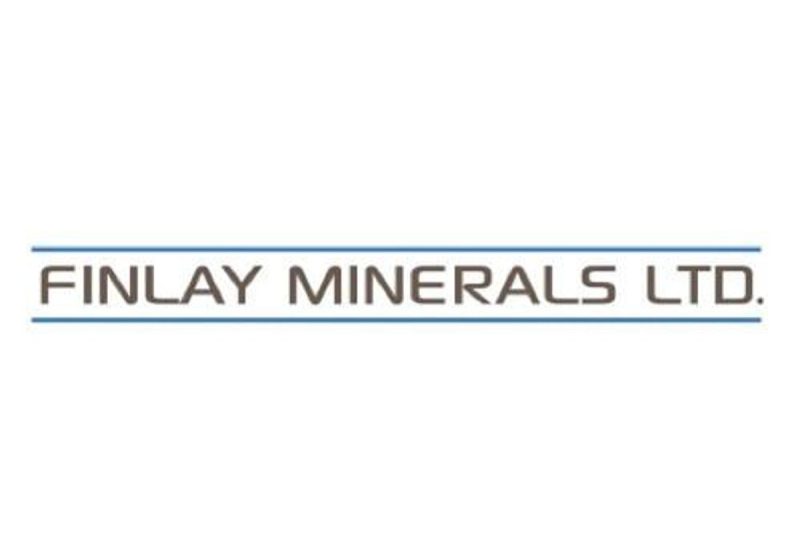Wildfires sweeping through Canada’s energy-rich province of Alberta have forced major oil producers to suspend nearly 350,000 barrels per day (bpd) of output — about 7 percent of the country’s total production.
Experts are calling the fires one of the most disruptive events since the devastating Fort McMurray fire of 2016.
The Caribou Lake wildfire alone has scorched more than 61,500 hectares in Central Alberta and continues to expand, fanned by high winds and dry conditions, as per the Canadian Press.
According to company disclosures and industry estimates, firms including Cenovus Energy (TSX:CVE,NYSE:CVE), Canadian Natural Resources (TSX:CNQ,NYSE:CNQ) and MEG Energy (TSX:MEG,OTC Pink:MEGF) have scaled back operations as blazes threaten critical oil sands infrastructure near the Alberta-Saskatchewan border.
Cenovus Energy, one of the country’s largest oil producers, temporarily shut down its Christina Lake oil sands facility on May 29, affecting about 238,000 bpd of production. The company said on Sunday (June 1) that it expects a full restart in the near term and reported that there has been no damage to infrastructure so far.
Canadian Natural Resources shut off roughly 36,500 bpd of production at its Jackfish 1 facility and evacuated staff over the weekend. MEG Energy continues to operate its Christina Lake site, but reported that a wildfire-induced power outage has delayed the restart of its Phase 2B segment, which accounts for approximately 70,000 bpd of output.
Canada, the world’s fourth largest oil producer, generates about 4.9 million bpd of crude, most of it from Alberta.
Wildfires spread across the prairies
As of Monday (June 2), Alberta was battling 49 active fires, 26 of which were classified as ‘out of control.’ Saskatchewan and Manitoba, also grappling with the early wildfire season, reported 16 and 24 active fires, respectively.
Environment Canada forecasts show little immediate relief, with temperatures hovering in the high teens to low 20s Celsius and limited rainfall expected until the weekend.
Alberta Premier Danielle Smith announced that the province is reactivating its emergency management cabinet committee in anticipation of worsening conditions.
“We’ve got to be able to respond in a way that is going to be rapid,” she told reporters.
The Canadian Interagency Forest Fire Center reported that, as of Sunday, more than 1.4 million hectares had burned nationwide this year. The impact of the fires has been widespread — last week, Manitoba authorities urged around 17,000 residents in the remote north to evacuate due to escalating fire risk.
Global oil markets feel the heat
Alberta’s oil production loss, which is nearly equivalent to the amount of crude that OPEC+ recently agreed to reintroduce to the global market, is resonating beyond Canada’s borders.
With US sanctions restricting Venezuelan heavy crude exports and seasonal maintenance already curbing Alberta’s supply, the sudden production drop tightens an already constrained market for heavier oil grades.
While the physical damage to facilities so far appears minimal, the proximity of active fires to pipeline corridors and steam-assisted gravity drainage projects remains a concern.
Early on Monday, wildfires had advanced to within 10 kilometers of sites producing nearly 470,000 bpd.
Beyond oil production, the fires are impacting air quality across North America.
In parts of Minnesota and North Dakota, the US Environmental Protection Agency reported “unhealthy” air levels on Monday due to smoke drifting south from Canadian wildfires.
This mirrors conditions from last year, when Canadian blazes blanketed major US cities in smoke for weeks.
A pattern of risk
Canada’s energy sector has frequently been disrupted by wildfires.
In 2023, more than 100 wildfires in Alberta forced operators to shut down at least 319,000 barrels of oil equivalent per day — roughly 3.7 percent of national production. The 2016 Fort McMurray fire, the most severe in Canadian energy history, shut down over 1 million bpd and displaced tens of thousands.
While the 2025 fire season is still in its early stages, experts worry that the escalating pace and scale of the blazes together signal a structural shift driven by climate conditions.
Alberta’s firefighting crews remain deployed across dozens of burn sites, supported by federal and interprovincial reinforcements. Environment Canada expects a brief reprieve from dry weather mid-week, with showers possible by the weekend. Still, officials warn that conditions could remain volatile for weeks.
Securities Disclosure: I, Giann Liguid, hold no direct investment interest in any company mentioned in this article.









